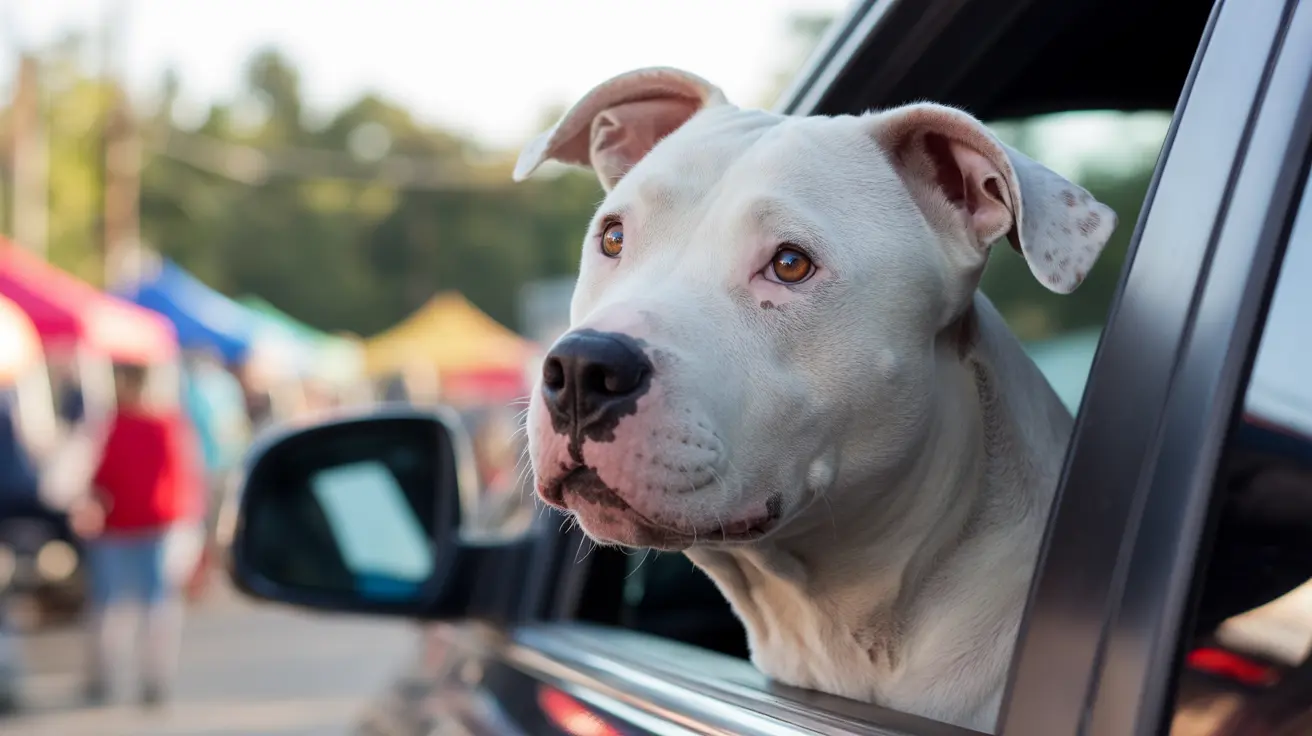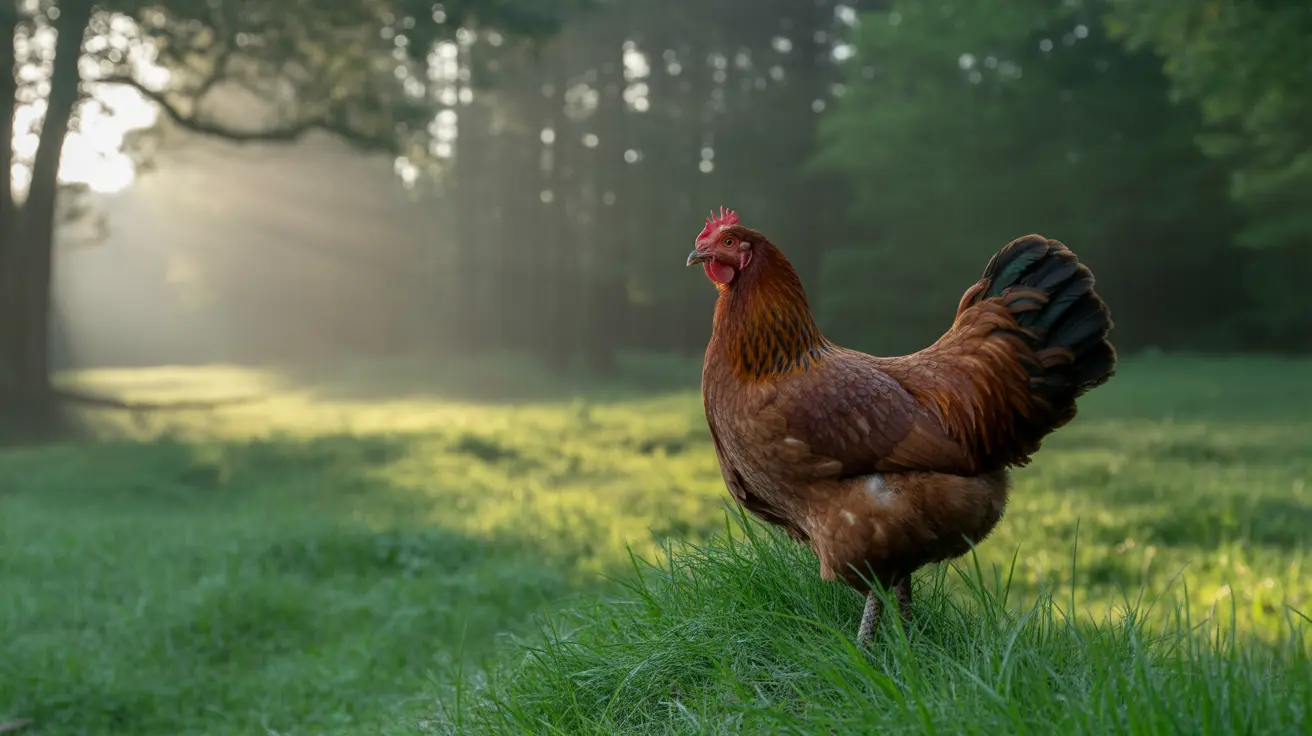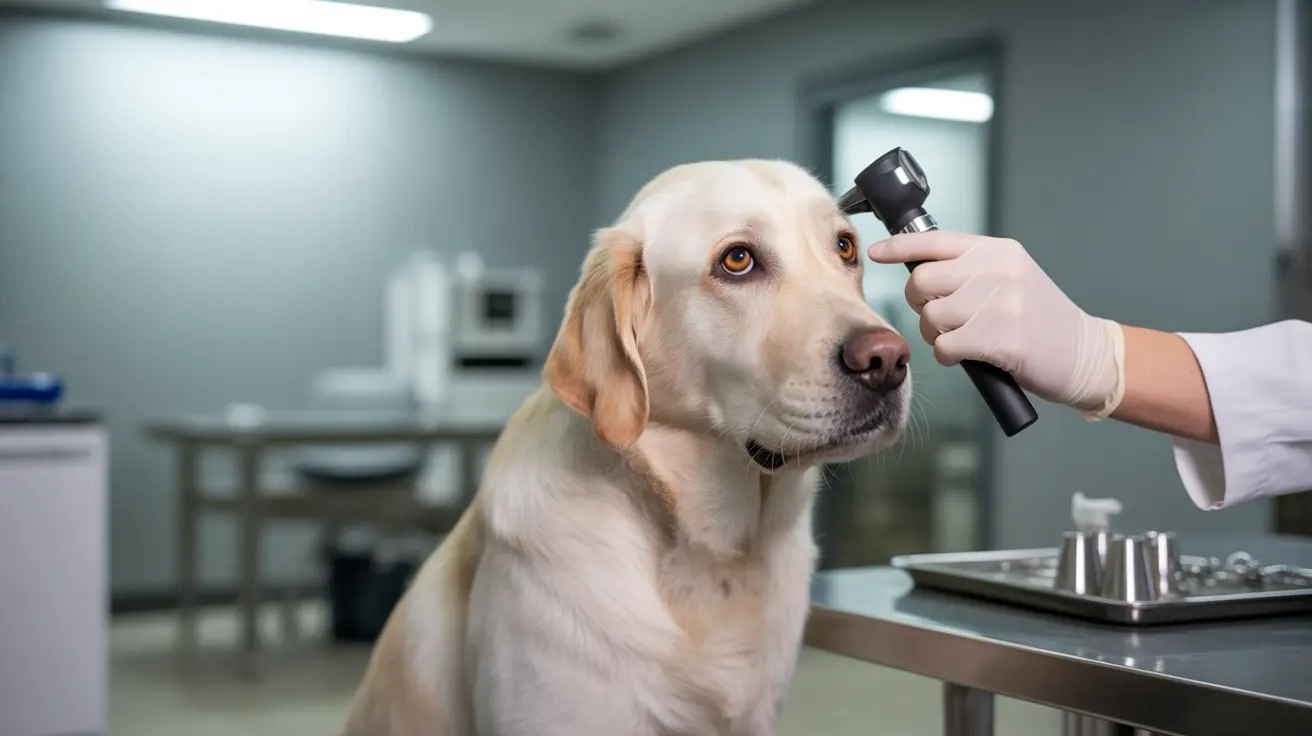Switching your cat from dry kibble to canned food is a significant dietary change that requires careful planning and patience. Whether you're making the switch for health reasons or to provide better nutrition, this comprehensive guide will walk you through the process step by step.
A successful transition not only ensures your cat accepts their new diet but also helps prevent digestive issues and maintains their overall health. Let's explore the most effective methods for making this important dietary change.
Understanding the Benefits of Switching to Canned Food
Canned food offers several crucial advantages for your cat's health and well-being. The higher moisture content (typically 75-80%) helps prevent dehydration and supports kidney function. Additionally, wet food generally contains more protein and fewer carbohydrates than dry food, better matching your cat's natural dietary needs as an obligate carnivore.
Creating Your Transition Plan
Week 1: Starting the Switch
Begin by introducing a small amount of canned food mixed with your cat's regular dry food. Start with 20% canned and 80% dry food for the first two days. Serve meals at consistent times to establish a routine and monitor your cat's response to the new food.
Week 2: Increasing Canned Food Portions
Gradually increase the proportion of canned food while decreasing dry food. By day 7, aim for an 80:20 ratio of canned to dry food. Pay close attention to your cat's eating habits and adjust the pace if needed.
Handling Common Challenges
Picky Eaters
Some cats may resist the change, especially if they've eaten dry food their entire lives. Try these strategies:
- Warm the canned food slightly to enhance its aroma
- Experiment with different textures and flavors
- Mix in small amounts of their favorite treats initially
- Use shallow, wide bowls to prevent whisker fatigue
Managing Digestive Issues
Watch for signs of digestive upset during the transition. If your cat experiences diarrhea or vomiting, slow down the process and maintain the current ratio for a few extra days before proceeding.
Tips for Long-term Success
Once your cat has fully transitioned to canned food, maintain consistent feeding schedules and portion sizes. Store opened canned food properly in the refrigerator and always serve it at room temperature for optimal palatability.
Frequently Asked Questions
How do I successfully transition my cat from dry food to canned food without causing digestive issues?
Follow a gradual 7-10 day transition schedule, starting with 20% canned food and increasing by 20% every few days. Monitor your cat's digestion and adjust the pace if needed.
Why is it important to gradually introduce canned food when switching from dry food for cats?
A gradual transition helps prevent digestive upset, allows the cat's system to adjust to the new food's moisture content, and increases the likelihood of acceptance.
What are the best strategies if my cat refuses to eat canned food during the transition?
Try warming the food slightly, offering different textures and flavors, and ensuring meal times are consistent. Never let your cat go without food for more than 24 hours.
How long does it typically take to fully switch a cat from dry food to canned food?
The average transition takes 7-10 days, but some cats may need several weeks to fully adjust. Be patient and follow your cat's lead.
What signs should I watch for to know if the transition to canned food is affecting my cat's health?
Monitor for changes in appetite, energy levels, stool consistency, and vomiting. If these symptoms persist or worsen, consult your veterinarian.
Conclusion
Transitioning your cat from dry to canned food requires patience and dedication, but the health benefits make it worthwhile. Remember to proceed gradually, monitor your cat's response, and adjust the timeline as needed. With consistency and the right approach, most cats can successfully make the switch to a healthier canned food diet.






